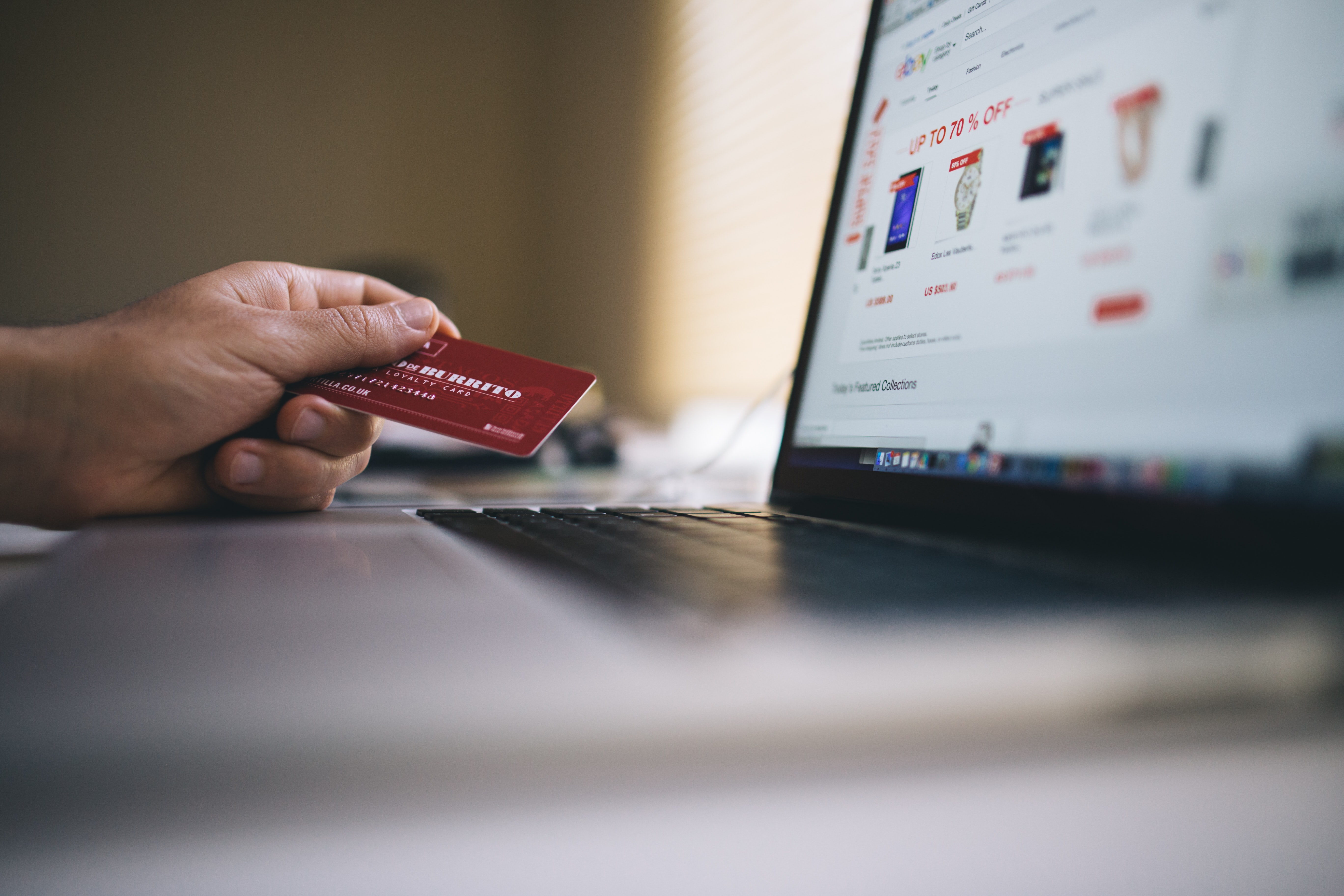The one-year agreement will reduce tariffs on some Chinese imports
-
U.S. consumers may soon see modest relief in prices on certain imported goods as parts of the United StatesChina trade deal take effect.
-
The deal shifts key supply-chain elements (especially rare-earths and critical minerals) and may change where and how U.S. companies source goods, affecting product availability and cost.
-
Yet significant trade frictions remain unresolved, meaning any benefits for consumers are likely to be gradual and unevenwatch for which goods are affected and how quickly.
President Trump and Chinas President Xi have reached agreement on a new, one-year trade deal that may offer some welcome relief for U.S. consumers. The agreement eases certain tariffs and opens specific supply-chain channels.
Under the agreement reached in South Korea, China will ease some export restrictions on rare-earth minerals and magnets, key inputs for U.S. electronics, auto-parts, and other high-tech manufacturing, while the U.S. will roll back or suspend certain punitive tariffs on Chinese goods.
For consumers, the deal carries three main implications:
1. Potential for lower prices on some imports
Tariffs levied during the U.S.China trade war have raised costs for U.S. companies and translated into higher prices for many consumer goods. For example, research shows that the average U.S. tariff rate reached historically high levels, adding to household costs.
By easing tariffs and reducing some import restrictions, the new deal may help soften near-term inflationary pressures on goods imported from Chinaand thus relieve some burden on U.S. consumers.
But that doesnt mean a full rollback of all tariffs: major structural issues such as forced technology transfer, Chinese industrial policy, and supply-chain shifts remain unresolved. So, while some prices may stabilize or dip, widespread steep price drops are unlikely in the short term.
2. Improved supply-chain certainty
One of the key deals involves Chinas export of rare-earth elements and magnetsitems critical to American manufacturing of things like smartphones, electric vehicles, and military/defense components.
For U.S. consumers, this means that products relying on those inputs may become less vulnerable to sudden supply disruptions, which had earlier pushed costs up, delayed product launches, or forced companies to substitute more expensive inputs.
In addition, U.S. companies may feel more confident investing in or sourcing from China if export-controls and tariffs are less volatile, which again could improve product availability or slow inflation in goods.
3. Still-unresolved risksand mixed benefits for consumers
Its important to note that while the deal is being hailed as a framework or first step, many thorny issues remain: market access for U.S. companies in China, Chinese structural economic reforms, intellectual-property enforcement, and the full rollback of prior tariffs.
What that means for consumers is a few caveats:
-
Some product categories may get benefit sooner than others (electronics and inputs are likely; apparel/consumer goods may lag).
-
There may be transitional costs: companies may shift supply chains, adjust sourcing from China to other countries (or vice versa), and those logistics changes can momentarily raise costs or cause delays. (arXiv)
-
Even with easing tariffs, U.S. producers who rely on Chinese inputs may pass savings slowly (or not at all) if they use the margin elsewhere.
-
The broader inflation and macro-economic environment still influences prices; trade policy is one factor among many.
What U.S. consumers should watch for
-
Keep an eye on price trends in product categories heavily tied to Chinese importsfor example, smartphones, laptops, electric-vehicle components, imported furniture or home goods.
-
Watch news on tariffs being officially removed versus just being paused or suspended. Many past deals were temporary and subject to renewal or rollback.
-
Pay attention to China + 1 supply-chain shifts: companies may diversify away from China to other countries, which could create both opportunities (lower cost sourcing) and risks (logistics disruptions).
-
Realize that benefit to the consumer may come in more subtle forms than dramatic price cutse.g., fewer product delays, more stable availability, slower price growth, rather than big bargains.
Posted: 2025-10-30 11:24:38




















